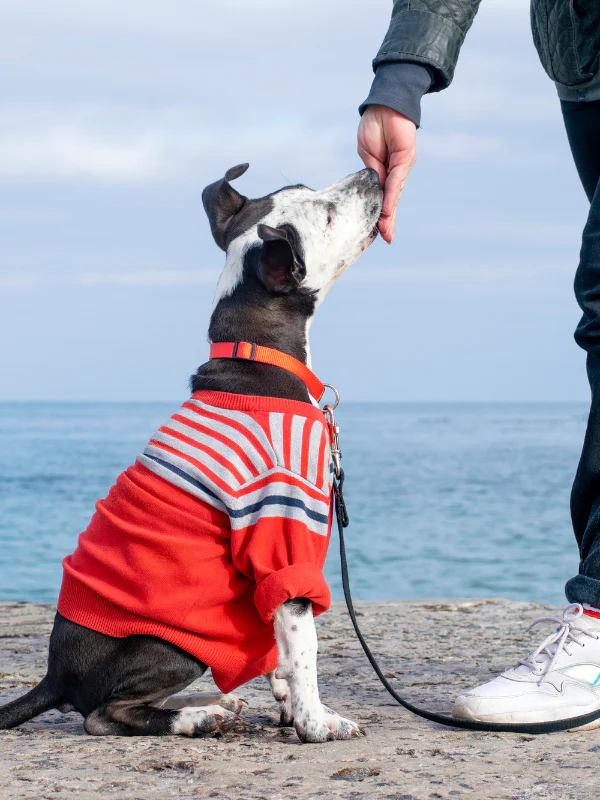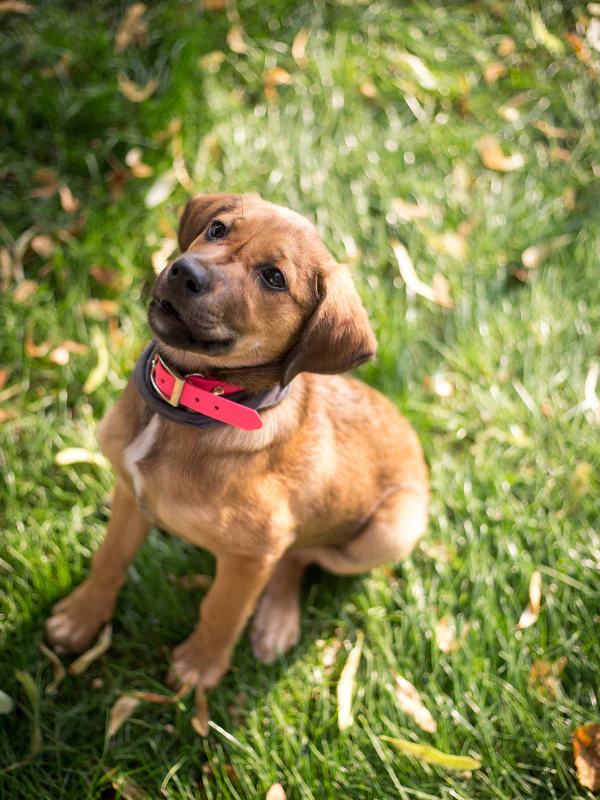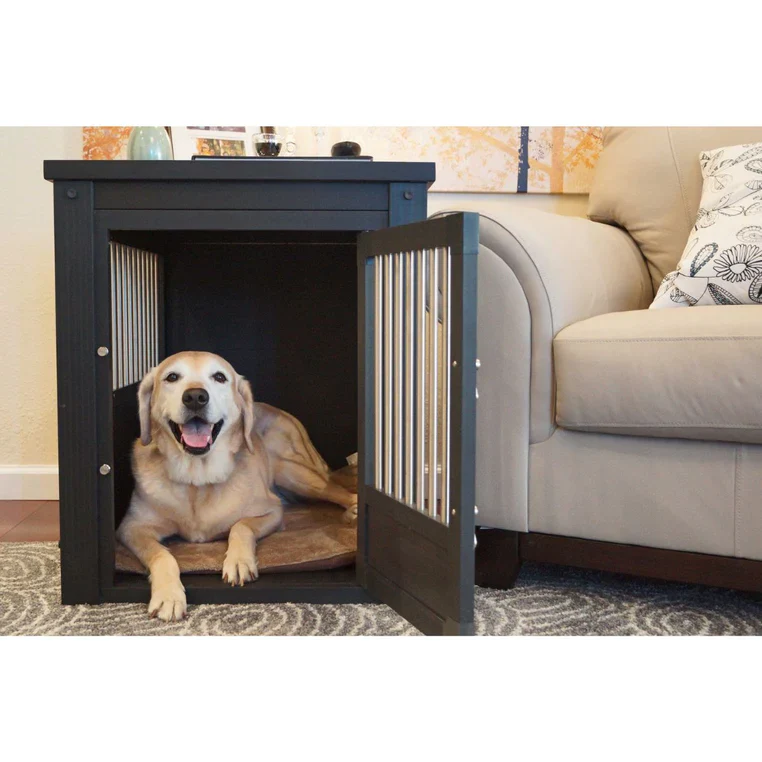The Joys of Raising a Puppy
Welcome to the wonderful world of puppy parenthood! There's nothing quite like the thrill of bringing home a new furry friend. From their tiny yips to their playful barks, every moment with your puppy is filled with charm. But have you thought about training? It's an essential part of raising a happy, well-adjusted dog.

The Importance of Training
Training your puppy is more than just teaching commands; it's building a strong bond between you and your furry companion. Think of it as learning a new language together. Without proper training, it's like having a silent partner in your home—confusing and frustrating. By teaching your puppy basic commands, you're setting the stage for a harmonious relationship that will last a lifetime.
Essential Commands to Teach
"Sit"
Starting with "Sit" is like laying the groundwork for future lessons. This command is crucial for keeping your puppy safe and ensuring they behave properly. To teach "Sit," hold a treat near their nose and slowly move it upwards. As they follow the treat, their bottom will naturally lower to the ground. Once they're seated, reward them with the treat and plenty of affection. Consistency is key here!
"Stay"
The "Stay" command is like pressing the pause button on your remote control. Begin with your puppy in the "Sit" position. Extend your hand towards them and say, "Stay." Step back a few feet. If they remain still, reward them with a treat and heaps of praise. Remember, patience is important, and progress may come slowly.
"Come"
The "Come" command is invaluable for keeping your puppy close when you need them to be. Attach a leash to your puppy and gently pull it toward you while saying "Come." Reward them with a treat and some belly rubs once they reach you. This command builds trust and strengthens your bond.
"Heel"
"Heel" transforms your puppy into a well-mannered walking buddy. It ensures they stay by your side without pulling ahead. Practice this by changing directions whenever they tug on the leash. Over time, they'll learn that staying close to you is the right choice.

Behavioral Commands
"Leave It"
"Leave It" is a lifesaver when it comes to preventing your puppy from chewing on dangerous objects. Hold a treat in one hand and show your puppy your closed fist. Say "Leave It" firmly. Once they stop trying to get the treat, open your hand and reward them with the treat from the other hand. This teaches them to respect boundaries.
"Drop It"
Imagine your puppy has your favorite shoe. Instead of panicking, calmly say "Drop It." To practice, swap toys with your puppy, offering a treat in exchange for the toy. This reinforces the idea that good things happen when they let go of items they shouldn't have.
"No" or "Stop"
"No" or "Stop" is your puppy's stop sign. Use it to discourage unwanted behaviors like biting or jumping. Speak firmly but avoid yelling. Your tone should convey authority without scaring them. Be patient and consistent, and they'll soon understand what's expected of them.
Crate Training
Crate training is like providing your puppy with their own cozy bedroom. It helps with house training and gives them a safe space to retreat to. Make sure the crate is comfortable and associate it with positive experiences like treats and cuddles.

Advanced Commands
"Roll Over"
Teaching "Roll Over" is both fun and mentally stimulating for your puppy. Start with them in the "Sit" position. Hold a treat near their nose and guide it around their head. As they follow the treat, they'll naturally roll over. Reward them generously once they complete the trick.
"Shake" or "Paw"
"Shake" or "Paw" is a delightful trick that shows off your puppy's personality. Ask them to "Sit" and gently tap their paw while saying "Shake" or "Paw." Reward them with a treat and heaps of praise for their effort.
"Fetch"
Fetching is a classic game that strengthens your bond with your puppy. Toss a toy and encourage them to bring it back. Reward them with a treat and enthusiastic praise when they return. This game also helps tire them out, making them calmer afterward.
Training Tips and Techniques
Positive Reinforcement
Think of yourself as a cheerleader for your puppy. Use treats, praise, and encouragement to motivate them. Positive reinforcement works wonders and makes training enjoyable for both of you.
Consistency is Key
Stick to your commands like glue to paper. Inconsistency can confuse your puppy and slow down their learning process. Stay focused and committed to your training goals.
Make Training Fun
Training should feel like a game rather than a chore. Keep sessions short and engaging. Always end with playtime to make the experience enjoyable for your puppy.
Congratulations, dear reader! You're now equipped with the tools to become a fantastic puppy parent. These commands form the foundation of a well-behaved dog. Remember, patience, consistency, and love are your greatest allies in this journey. So, grab your training gear and watch your puppy thrive!
Frequently Asked Questions
-
When can I start training my puppy?
- You can begin training as early as 7-8 weeks old. Early training helps with their socialization and behavioral development.
-
How long should training sessions be?
- Keep sessions brief—around 5-10 minutes is perfect. Puppies have short attention spans, so frequent, short sessions work best.
-
What if my puppy doesn't respond to commands?
- Be patient and consistent. Some puppies take longer to grasp commands, but with persistence, they'll get there.
-
Can I train an older dog with these commands?
- Yes! While it may take longer, older dogs can absolutely learn new tricks. Patience and repetition are key.
-
What should I do if my puppy is scared during training?
- Create a calm environment, use positive reinforcement, and never force your puppy into situations they find intimidating. Slow and steady wins the race.
Office Furniture,Wooden Study Table For Students,Study Table For Home,Childrens Writing Desk
Wuxi Baiyu Pharmaceutical Equipment Manufacturing Co., Ltd , https://www.assembledcabinet.com